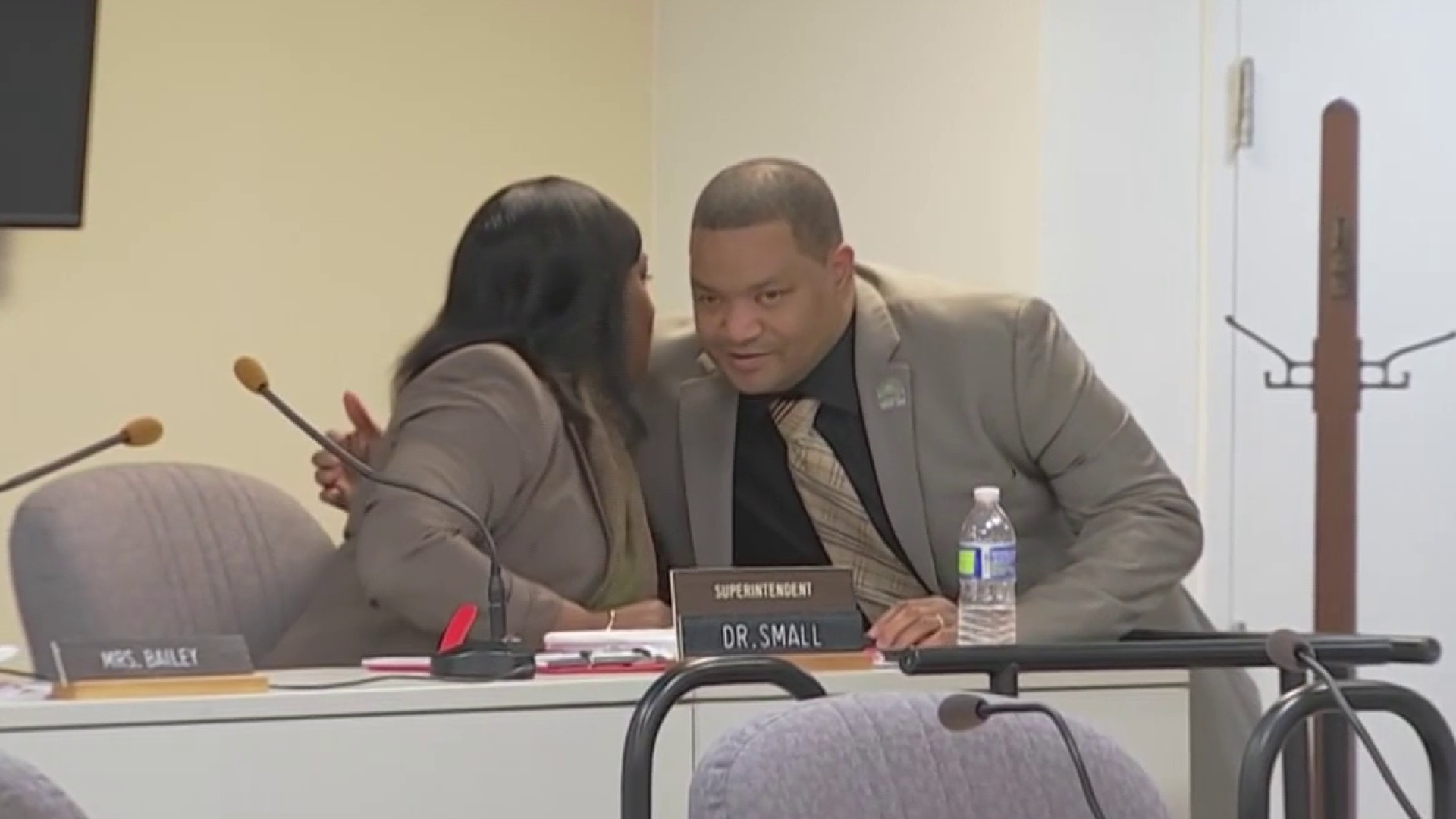What to Know
- The census is almost as old as the country itself
- It determines the number of lawmakers in the U.S. House of Representatives
- Census counts also help determine federal funding for local municipalities
You've probably heard the term, but how much do you really know about the U.S. Census?
The upcoming survey has made national headlines in recent months largely because of a controversial citizenship question. But the census is more than a political sticking point. It is a cornerstone of our democracy that helps the federal government provide representation and federal funding for citizens.
So how does it work? Check below for answers to some basic census 2020 questions.
What is the U.S. Census?
The U.S. Census dates back to 1790 when the nation’s founders determined an urgent need to count every person living in the United States. It was written into the Constitution under Article 1, Section 2 and happens every 10 years.
Local
Breaking news and the stories that matter to your neighborhood.
The census determines representation in Congress. As census numbers change, the number of lawmakers in the U.S. House of Representatives changes. This is called apportionment. The number of people serving in the U.S. Senate remains the same.
The census counts citizens, non-citizen legal residents, non-citizen long-term visitors and undocumented immigrants, according to the Census Bureau. The agency bases its decision about who to count on the concept of “usual residence,” or where people live most of the time. For instance, college students living in dorms are counted as residents of their academic institution rather than of their parents’ address.
Why is the U.S. Census important?
Not only does the census determine the number of representatives allotted to each district in the U.S., it also helps local and tribal governments invest in their communities. About $675 billion of federal funding for many programs and services - such as schools, roads, hospitals and other public programs - are based on total population counts.
According to the Census Bureau, “businesses use census data to decide where to build factories, offices and stores, and this creates jobs. Developers use the census to build new homes and revitalize old neighborhoods. Local governments use the census for public safety and emergency preparedness. Residents use the census to support community initiatives involving legislation, quality-of-life and consumer advocacy.”
But that’s not all.
In order to conduct the census, individual cities hire thousands of people to fan out across their communities. Philadelphia is looking to employ some 3,000 census workers over the next year. Click here if you’re interested in applying.
What was the controversy over including a citizenship question?
President Donald Trump called for "a clear breakdown of the number of citizens and non-citizens that make up the United States population" to be included in the 2020 census. Advocates worried that doing so would discourage participation, not only by people living in the country illegally but also by citizens who fear that participating would expose noncitizens to repercussions from Immigration and Customs Enforcement.
The fight went all the way to the U.S. Supreme Court, which ultimately blocked Trump’s effort.
So will a citizenship question be included?
No. Trump abandoned his controversial bid to add a citizenship question earlier this month, instead directing federal agencies to try to compile that information using existing databases.
Has a citizenship question ever been included before?
Yes. In 1970 there was a citizenship question but it was not included in every questionnaire.
How do I fill it out?
The census will either come to your doorstep, mailbox or inbox. Neighborhood canvassing to determine census tracts - geographical boundaries drawn by the Census Bureau to split up neighborhoods - will start this August and the count will officially begin in January 2020 in Alaska. From there, it will spread to the contiguous United States in the spring.
Thanks to updated aerial technology, census canvassers will only need to walk about 35% of streets in the United States to update the bureau’s massive list of every address in the country. Then, people will have the option to either fill out the questionnaire online or receive a paper copy. About 80% of households in the U.S. will receive electronic response invitations and 20% will be sent paper questionnaires with the option to fill it out online. Respondents will also have the option of responding by phone.
Do I have to participate?
Technically, yes. It is illegal to refuse to fill out the census but that law is rarely enforced.
Can the Census Bureau share my information?
Yes, but only after 72 years. Ancestry websites regularly use old census records for genealogy research.
Now that you know a little bit more about the census, test your knowledge with the quiz below:
Read more about the U.S. Census:
House Holds 2 Trump Officials in Contempt in Census Dispute
Trump Weighs Ousting Commerce Chief After Census Defeat
Trump Abandons Bid to Include Citizenship Question on Census
2020 Census Being Printed Without Citizenship Question




